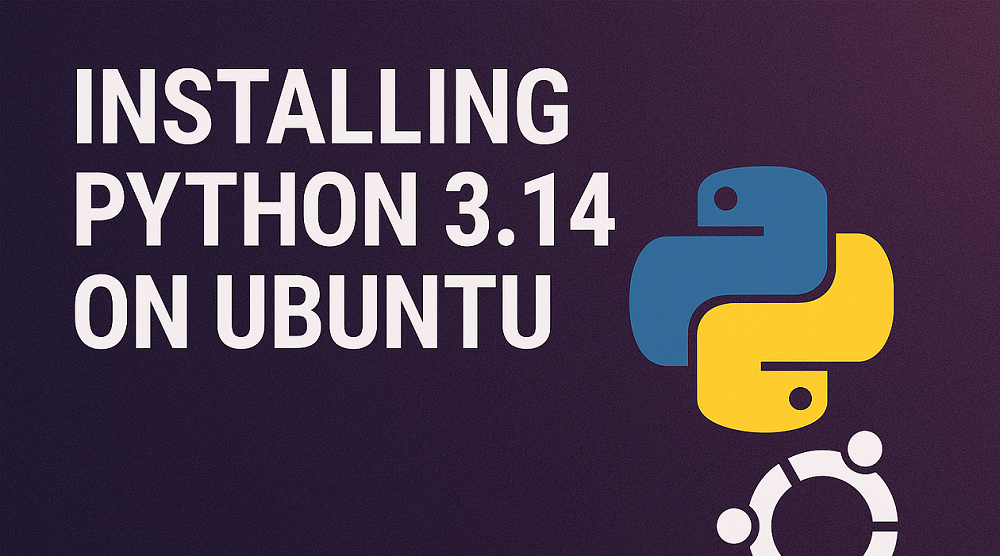Welcome to our comprehensive guide on installing PIP, the Python Package Installer, on macOS. PIP is an essential tool for any Python developer as it simplifies the process of installing and managing Python packages. This tutorial is tailor-made for macOS users and assumes a basic understanding of using the Terminal.
Prerequisites
Before proceeding with the installation of PIP, it’s crucial to ensure that Python is already installed on your system. PIP is included by default with Python versions 3.4 and later. You can quickly check your Python version by opening the Terminal and typing `python --version` or `python3 --version`. If Python is not installed, follow the next steps to install it along with PIP.
Step 1: Installing Python
If Python is not already installed on your macOS, you can easily install it either from the official Python website or using Homebrew, a package manager for macOS. For a seamless installation using Homebrew, first open your Terminal. Then, install Homebrew by executing:
/bin/bash -c "$(curl -fsSL https://raw.githubusercontent.com/Homebrew/install/HEAD/install.sh)"
Once Homebrew is installed, you can install Python by typing brew install python. This method also installs PIP alongside Python.
Step 2: Verifying PIP Installation
After installing Python, PIP should be installed by default. To verify this, type:
pip --version
or
pip3 --version
This command should return the version of PIP installed on your system, confirming its successful installation.
Step 3: Updating PIP
Keeping PIP updated is essential for security purposes and to ensure compatibility with other Python packages. To update PIP, simply run:
pip install --upgrade pip
or using PIP3:
pip3 install --upgrade pip
This command upgrades PIP to the latest version.
Step 4: Using PIP
With PIP successfully installed and updated, you can now use it to manage Python packages. For instance, to install a package, use the command:
pip install package_name
Similarly, to uninstall a package, type:
pip uninstall package_name
You can also search for packages using:
pip search package_name
Conclusion
Installing PIP on macOS is a straightforward process, especially if you’re familiar with the Terminal. With Python and PIP installed, you can easily manage your Python packages and streamline your development workflow. Remember to regularly update PIP to keep your Python environment secure and efficient.
This guide aims to provide a clear and concise method for macOS users to install PIP and embark on their Python development journey. Happy coding!

